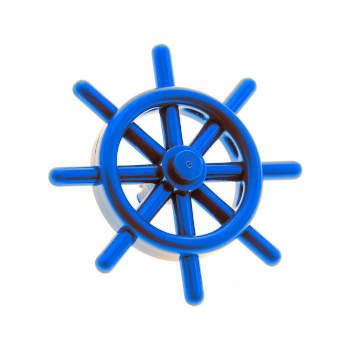-
Template complexity: can't evaluate field Values in type interface {}
2 min read

Working with templates can be challenging since, at the end of the day, we are mixing two languages: The template language and the language on which the template itself is written. Doing so we are getting the complexity of one language in addition of the complexity of the other language. That's maybe the main reason why, sometimes, it can be challenging to spot a issues when templates are involved. For example, helm uses templates for generating the appropriate Kubernetes objects, this is one of the errors you might encounter:
$ helm template . --debug install.go:172: [debug] Original chart version: "" install.go:189: [debug] CHART PATH: /home/pet2cattle/git/spinnaker/helm-spinnaker Error: template: spinnaker/templates/hooks/install-using-hal.yaml:15:28: executing "spinnaker/templates/hooks/install-using-hal.yaml" at <include (print $.Template.BasePath "/configmap/halyard-config.yaml") .>: error calling include: template: spinnaker/templates/configmap/halyard-config.yaml:120:54: executing "spinnaker/templates/configmap/halyard-config.yaml" at <.Values.serviceAccount.spinnaker.enable>: can't evaluate field Values in type interface {} helm.go:81: [debug] template: spinnaker/templates/hooks/install-using-hal.yaml:15:28: executing "spinnaker/templates/hooks/install-using-hal.yaml" at <include (print $.Template.BasePath "/configmap/halyard-config.yaml") .>: error calling include: template: spinnaker/templates/configmap/halyard-config.yaml:120:54: executing "spinnaker/templates/configmap/halyard-config.yaml" at <.Values.serviceAccount.spinnaker.enable>: can't evaluate field Values in type interface {}The error itself looks challenging at first glance, the lines that causes this message are the following:
{{- range $index, $context := .Values.kubeConfig.contexts }} (...) $HAL_COMMAND config provider kubernetes account $PROVIDER_COMMAND {{ $context }} --docker-registries dockerhub \ --context {{ $context }} {{ if .Values.serviceAccount.spinnaker.enable }}--service-account true{{ end }} \ (...) {{- end }}Can you spot the mistake?
02/04/2021
Read more... -
Testing assume-role using AWS CLI
2 min read
Once you have configured that one role can assume another role from another account you might want to actually test that you are able to do it. With aws sts you will be able to assume a role
01/04/2021
Read more... -
Declaratively create a kubernetes pod using kubectl (for docker administrators)
2 min read

The first thing one want to try once we have access to a Kubernetes cluster is to run a pod in it. Let's try to create our first pod on kubernetes, declaratively: meaning that we will be writing a manifest to do it.
31/03/2021
Read more... -
tcpdump: filter DNS queries
2 min read
When a DNS change is involved in an ongoing issue, we need to be sure when we use, for example curl, whether we are hitting the new or the old resource. Is that DNS record still cached locally? One of the best ways of checking this is by sniffing the DNS traffic using tcpdump
30/03/2021
Read more... -
Imperatively create a kubernetes pod using kubectl
1 min read

Just as an hello-world equivalent, first thing one want to try to start learning how to use a Kubernetes cluster is to run a pod in it. Let's try to create our first pod on kubernetes just as we would do with docker for running a container
29/03/2021
Read more...